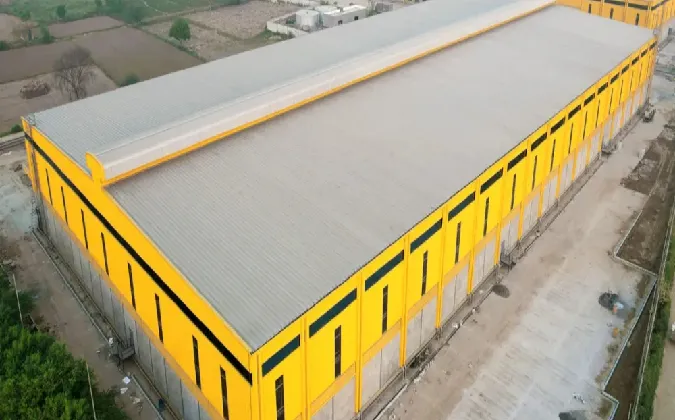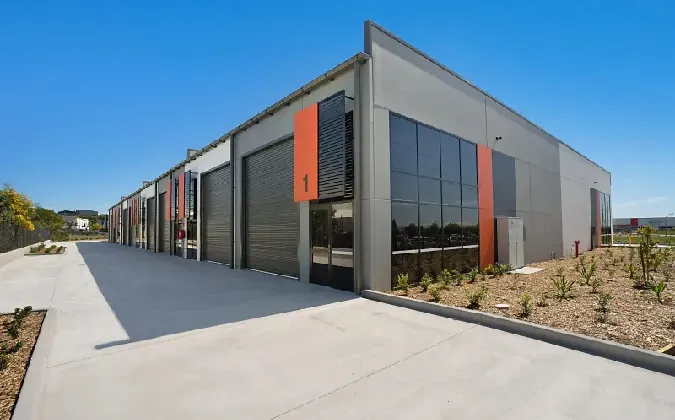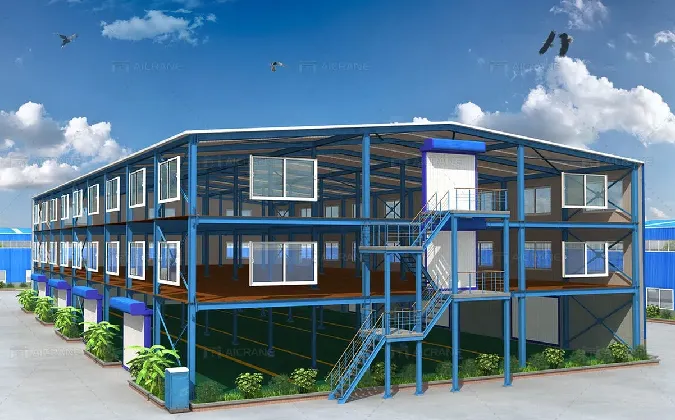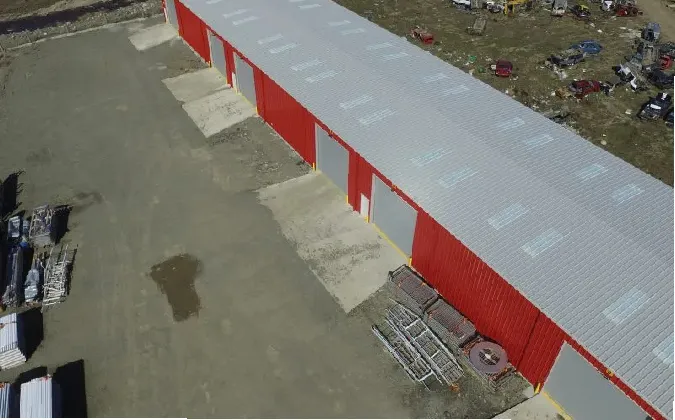- Afrikaans
- Albanian
- Amharic
- Arabic
- Armenian
- Azerbaijani
- Basque
- Belarusian
- Bengali
- Bosnian
- Bulgarian
- Catalan
- Cebuano
- Corsican
- Croatian
- Czech
- Danish
- Dutch
- English
- Esperanto
- Estonian
- Finnish
- French
- Frisian
- Galician
- Georgian
- German
- Greek
- Gujarati
- Haitian Creole
- hausa
- hawaiian
- Hebrew
- Hindi
- Miao
- Hungarian
- Icelandic
- igbo
- Indonesian
- irish
- Italian
- Japanese
- Javanese
- Kannada
- kazakh
- Khmer
- Rwandese
- Korean
- Kurdish
- Kyrgyz
- Lao
- Latin
- Latvian
- Lithuanian
- Luxembourgish
- Macedonian
- Malgashi
- Malay
- Malayalam
- Maltese
- Maori
- Marathi
- Mongolian
- Myanmar
- Nepali
- Norwegian
- Norwegian
- Occitan
- Pashto
- Persian
- Polish
- Portuguese
- Punjabi
- Romanian
- Russian
- Samoan
- Scottish Gaelic
- Serbian
- Sesotho
- Shona
- Sindhi
- Sinhala
- Slovak
- Slovenian
- Somali
- Spanish
- Sundanese
- Swahili
- Swedish
- Tagalog
- Tajik
- Tamil
- Tatar
- Telugu
- Thai
- Turkish
- Turkmen
- Ukrainian
- Urdu
- Uighur
- Uzbek
- Vietnamese
- Welsh
- Bantu
- Yiddish
- Yoruba
- Zulu
Sep . 19, 2024 05:56 Back to list
Framing in a Metal Carport A Key to Durability and Stability
When considering the construction of a metal carport, the framing system is one of the most critical components that determine the overall strength, stability, and longevity of the structure. Proper framing not only supports the roof and walls but also withstands various environmental factors such as wind, rain, and snow. Understanding the nuances of framing in a metal carport can help homeowners make informed decisions and ensure their investment stands the test of time.
The framing of a metal carport typically involves steel or aluminum, both of which offer exceptional durability compared to traditional wood materials. Steel frames, in particular, are known for their resistance to rot, termites, and other pests that often compromise wooden structures. This makes metal carports a popular choice for those looking for low-maintenance options. When selecting framing materials, it is essential to consider the gauge of the steel. Thicker gauge steel provides more strength and resistance to bending, ensuring that the carport can handle heavy loads.
One of the primary considerations in framing a metal carport is the layout and design. The design should account for the dimensions we need – whether it’s a single-car space, a double-carport, or even larger sizes for RVs and boats. The framing must support the roof type, which can vary from flat to sloped, affecting water drainage and stability. A sloped roof, for example, not only provides better drainage but also reduces the likelihood of snow accumulation, which can weigh down the structure.
framing in a metal carport
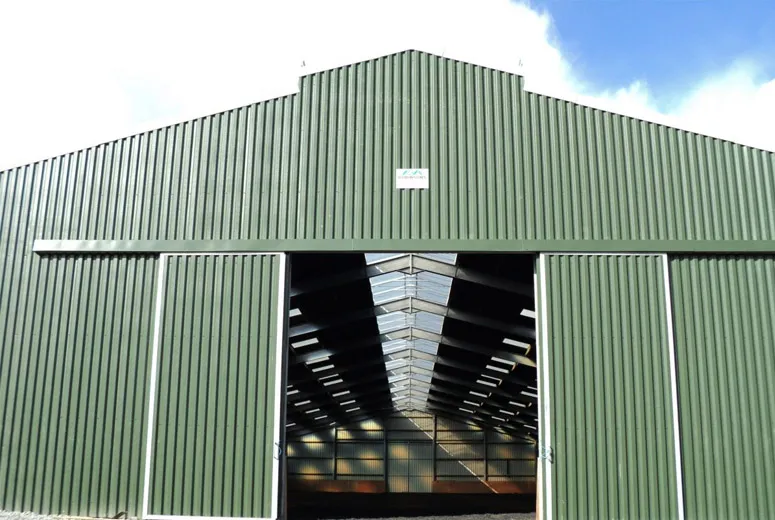
Another vital aspect of framing is the connection points. Properly designed joints and fasteners are essential for maintaining structural integrity. Welding is often used in metal carport framing to enhance stability, while bolts and screws offer additional flexibility. Each connection must be securely anchored to prevent movement or shifting over time, especially in areas prone to high winds or seismic activity.
Additionally, the spacing of the framing elements affects the carport's load-bearing capacity. The standard spacing is typically between 6 to 8 feet, but depending on the local building codes and environmental conditions, adjustments may be necessary. It's crucial to consult local regulations to ensure compliance and to consider factors such as snow load requirements in colder climates.
Moreover, the aesthetic aspect of the carport should not be overlooked. Framing can influence the overall appearance of the structure that complements or enhances the existing landscape. A well-designed metal carport will not only provide necessary protection for vehicles but also add value to the property.
Finally, investing in quality framing for a metal carport extends beyond just the structure itself. Using reputable suppliers and professional installation ensures that all components are correctly fabricated and assembled, leading to a durable end product. Overall, thorough planning and understanding of framing in a metal carport will pay off in the long run, providing safety, stability, and peace of mind for years to come.
-
Steel Frame Factory with Insulated Roof Panels
NewsAug.14,2025
-
Prefab Metal Building with Insulation Package Options
NewsAug.14,2025
-
Industrial Steel Sheds for Temporary Workshop Use
NewsAug.14,2025
-
Metal Workshops Featuring Corrugated Steel Roofs
NewsAug.14,2025
-
Modular Steel Frame Excellence: Our Pursuit of Perfection
NewsAug.14,2025
-
Metal Garage Kits Crafted with Customer Satisfaction at Heart
NewsAug.14,2025
Products categories
Our Latest News
We have a professional design team and an excellent production and construction team.






